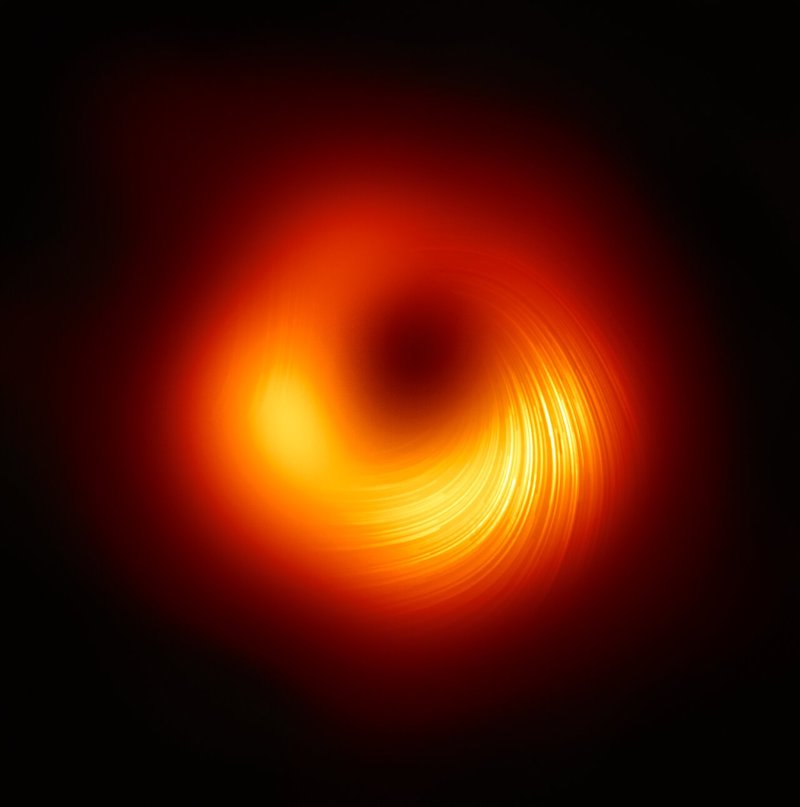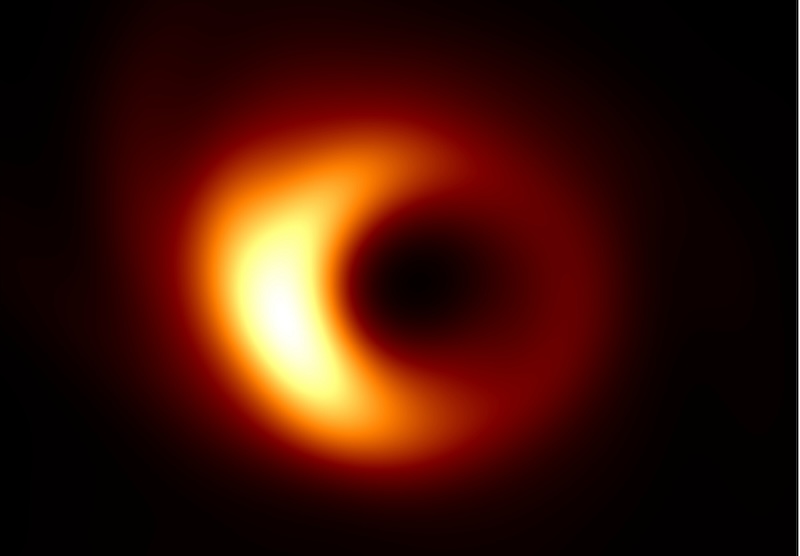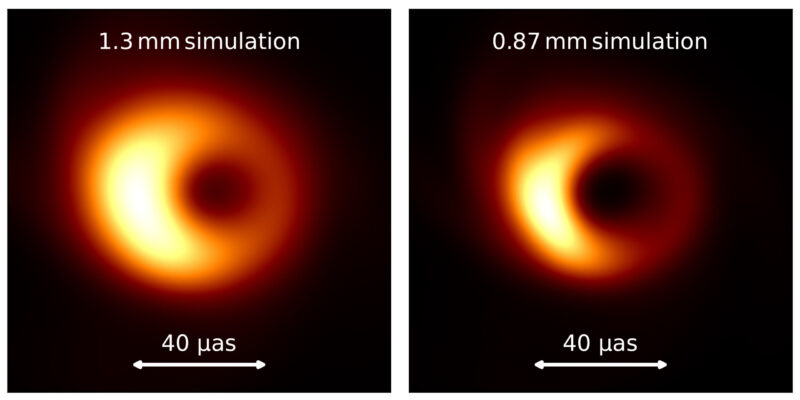ESO astronomer Suzanna Randall reveals how a pilot experiment using telescopes that are part of the Event Horizon Telescope Collaboration (EHT) was able to obtain the highest-resolution observations ever made from the ground. Thanks to these test observations, the EHT Collaboration estimates that, in the future, they will be able to make black hole images 50% more detailed than was possible before. Video via ESO.
- The first direct images of black holes were obtained in in 2019 and 2022. Astronomers used the Event Horizon Telescope, a network of radio telescopes, which worked together to function as one giant Earth-sized telescope.
- Are better direct images of black holes possible? These scientists say yes. They just tested a new technique on distant galaxies. They say the same method can be used to image black holes directly.
- They expect 50% better clarity on future direct black hole images, thanks to their new method. These future images are expected to help solve long-standing mysteries about black holes. For example, how do they attract matter? And how do they launch their powerful jets?
In 2019 and 2022, the Event Horizon Telescope Collaboration (EHT) released the first-ever direct images of black holes. They used a technique called very long baseline interferometry (VLBI), essentially linking multiple radio telescopes around the globe to form one giant “Earth-sized” telescope. Even then, the resolution possible was limited. So these scientists have now tested a new approach, using shorter wavelengths of light. And, on August 26, 2024, they said their new method will let them obtain direct black hole images with 50% better resolution (clarity) than before.
The researchers used the ALMA telescope in Chile and other facilities in their test. They published their peer-reviewed results in The Astronomical Journal on August 27, 2024.
Blurry 1st direct black hole images
Those first direct images of black holes, in 2019 and 2022, were exciting! One showed the supermassive black hole at the heart of the galaxy M87, some 54 million light-years away. And the other showed the supermassive black hole Sgr A* at the heart of our own Milky Way galaxy.
Those images represented the outer limit of what the linked radio telescopes could achieve at the time. Alexander Raymond at NASA’s Jet Propulsion Laboratory in California explained:
With the EHT, we saw the first images of black holes using the 1.3-millimeter wavelength observations. But the bright ring we saw, formed by light bending in the black hole’s gravity, still looked blurry because we were at the absolute limits of how sharp we could make the images.


Future images of black holes 50% sharper
These astronomers believe that, with their new technique, they’ll be able to obtain improved images of black holes. They’re hoping for images some 50% sharper than the ones from 2019 and 2022. Raymond said:
At 0.87 millimeters, our images will be sharper and more detailed. In turn, they’ll likely reveal new properties of black holes, both those that were previously predicted and maybe some that weren’t.


Testing the new technique
So how does the technique work? The researchers tested it by observing distant bright galaxies at the 0.87-millimeter wavelength. But they didn’t use the entire telescope array as usual, however. Instead, they incorporated two smaller subarrays, both of which included ALMA and the Atacama Pathfinder EXperiment (APEX) in the Atacama Desert in Chile.
And it worked! They obtained the highest-resolution observations ever from the surface of Earth, at 19 microarcseconds (millionths of an arcsecond). These initial observations, however, didn’t produce any actual images. That’s because there were not enough radio telescope antennas involved to produce enough data. Additional antennas will be required to construct actual images.
Ultimately, the technique will allow astronomers to achieve observations with details as fine as 13 microarcseconds. So correspondingly, using the new technique while observing at 0.87-millimeter wavelength will produce images about 50% sharper than the previous first images. In addition, astronomers might also be able to see smaller, fainter and more distant black holes.

Groundbreaking observations
Co-author Thomas Krichbaum at the Max Planck Institute for Radio Astronomy in Germany called the new observations groundbreaking:
These VLBI signal detections at 0.87 millimeters are groundbreaking since they open a new observing window for the study of supermassive black holes. In the future, the combination of the IRAM telescopes in Spain (IRAM-30m) and France (NOEMA) with ALMA and APEX will enable imaging of even smaller and fainter emission than has been possible thus far at two wavelengths, 1.3 millimeters and 0.87 millimeters, simultaneously.
Sheperd Doeleman, another co-author and EHT Founding Director, added:
Looking at changes in the surrounding gas at different wavelengths will help us solve the mystery of how black holes attract and accrete matter, and how they can launch powerful jets that stream over galactic distances.
Consider the burst of extra detail you get going from black and white photos to color. This new “color vision” allows us to tease apart the effects of Einstein’s gravity from the hot gas and magnetic fields that feed the black holes.
Bottom line: Astronomers with the Event Horizon Telescope Collaboration have developed a new technique that will produce images of black holes with 50% better resolution.
Source: First Very Long Baseline Interferometry Detections at 870 um











